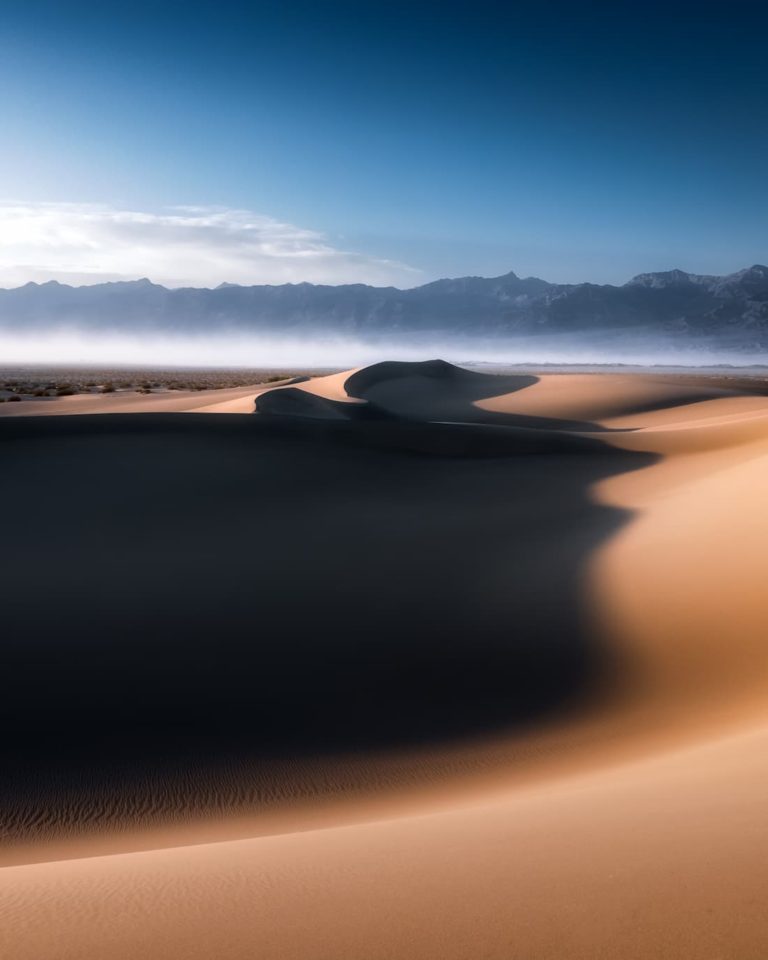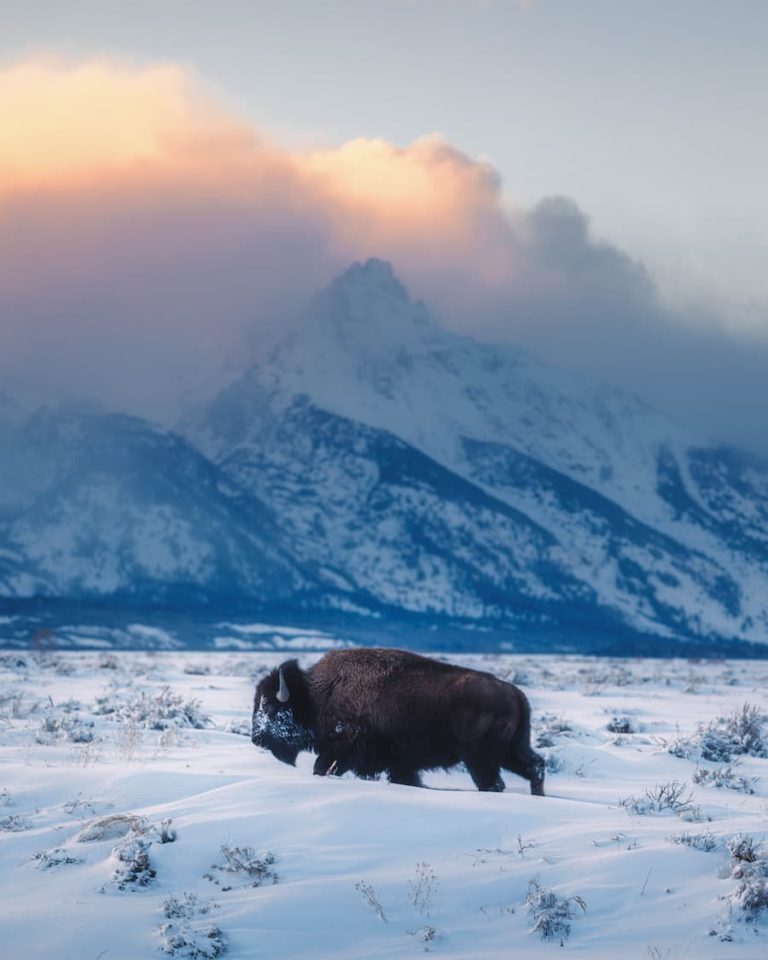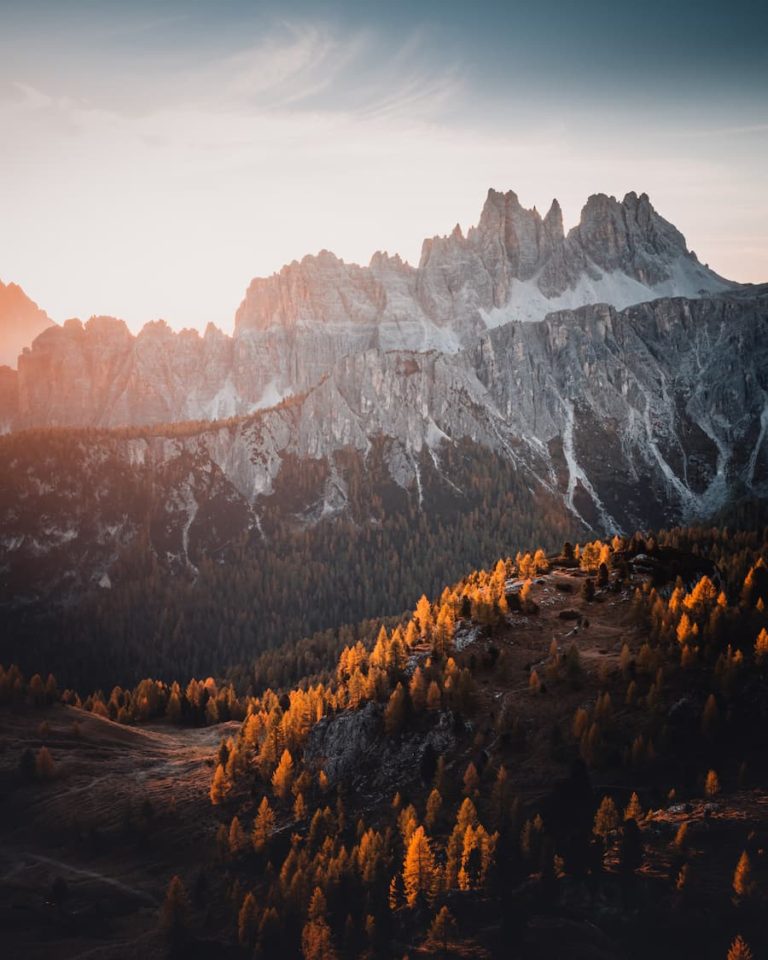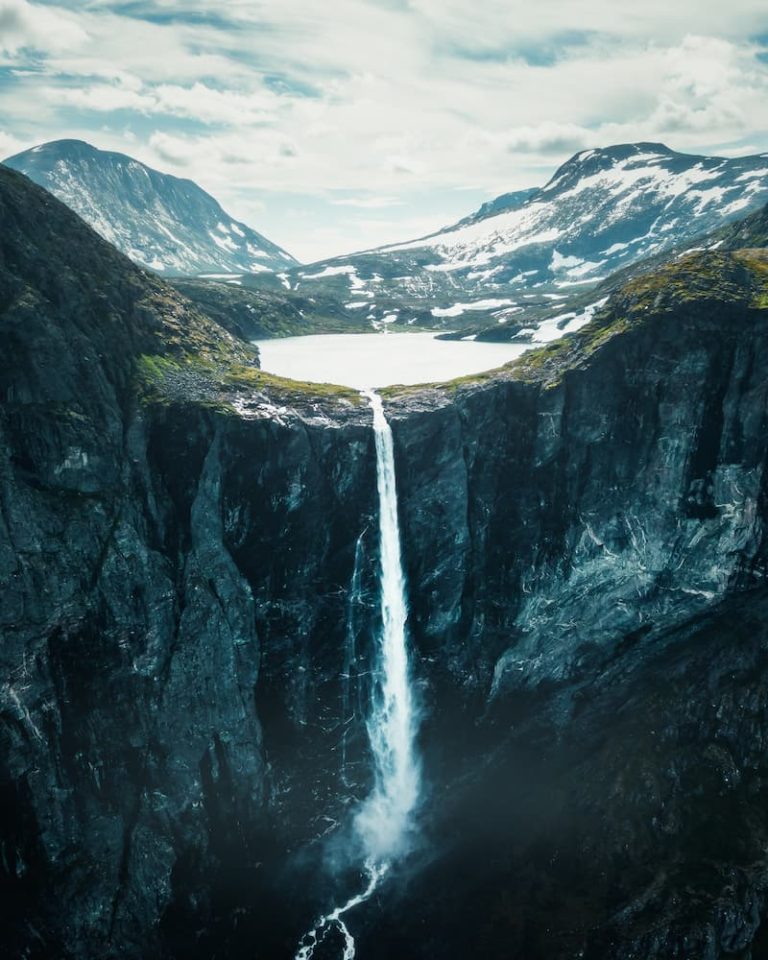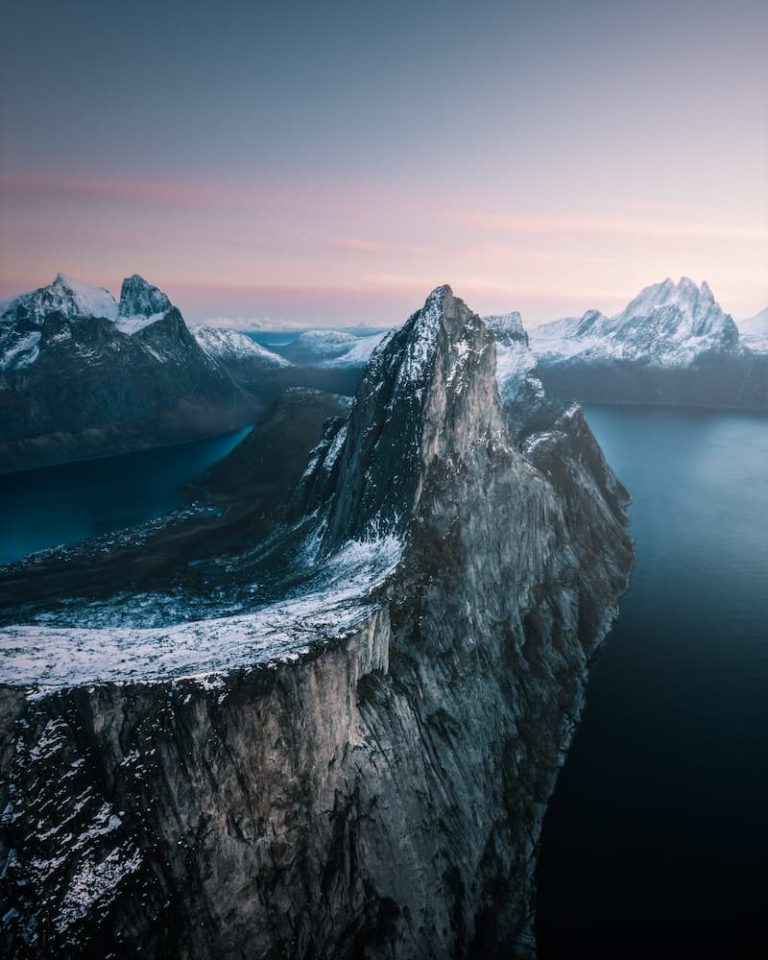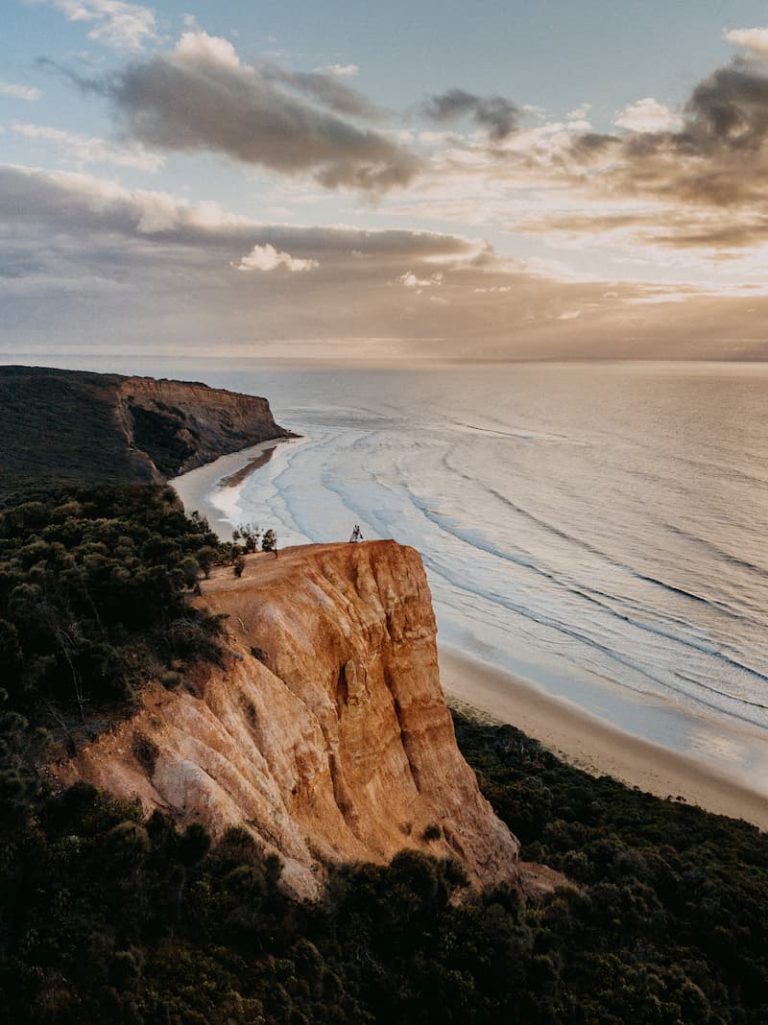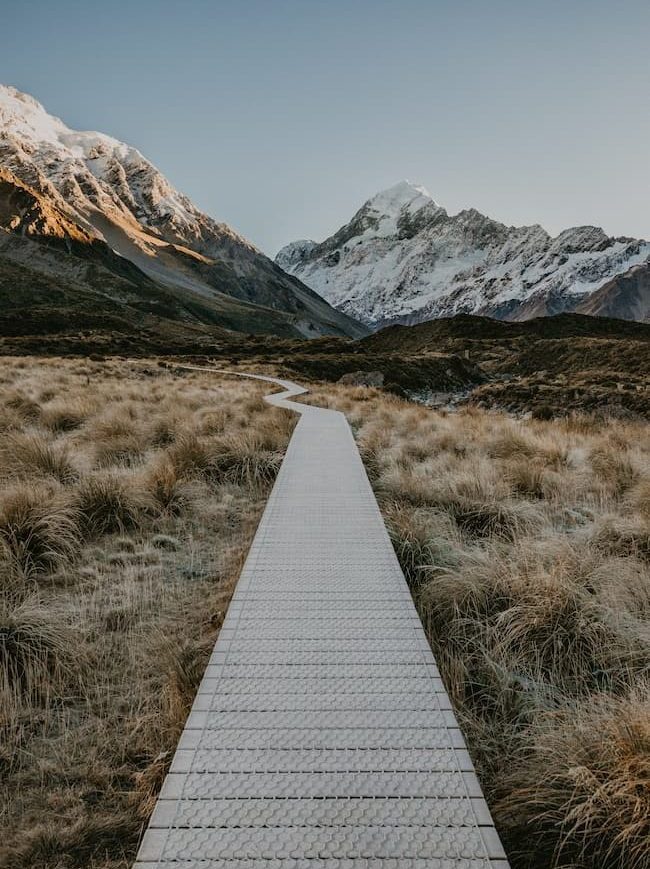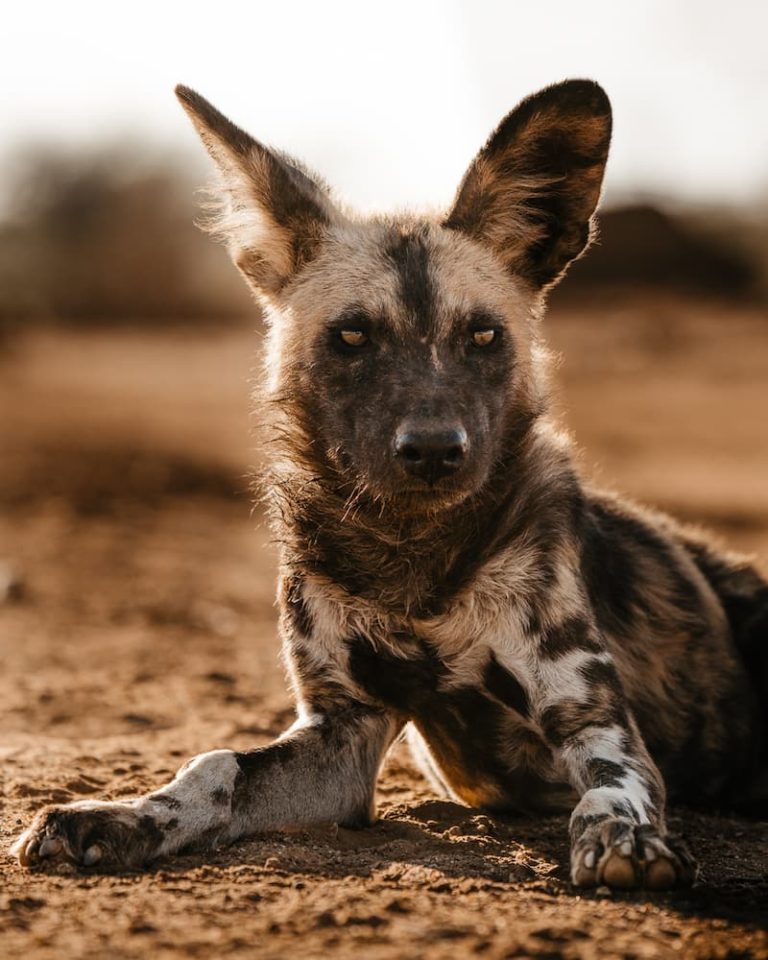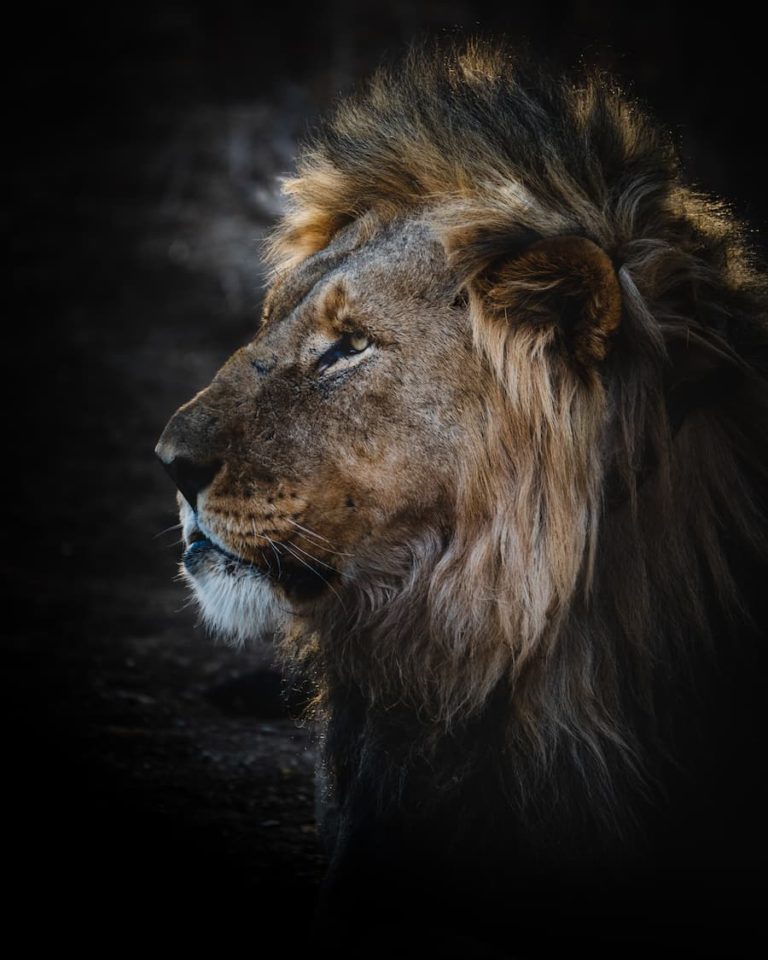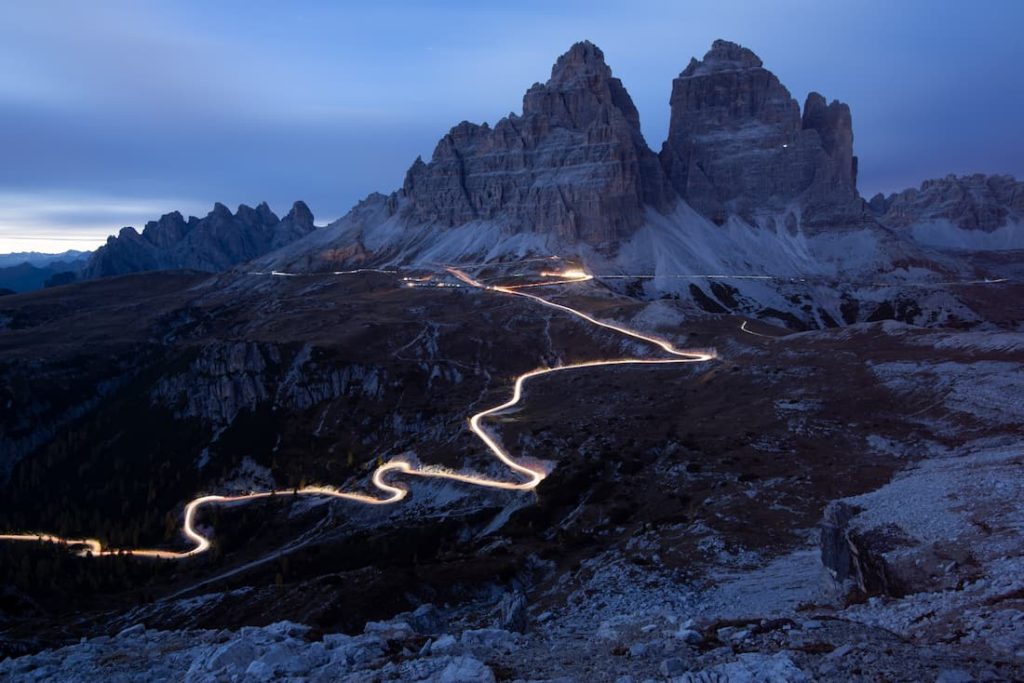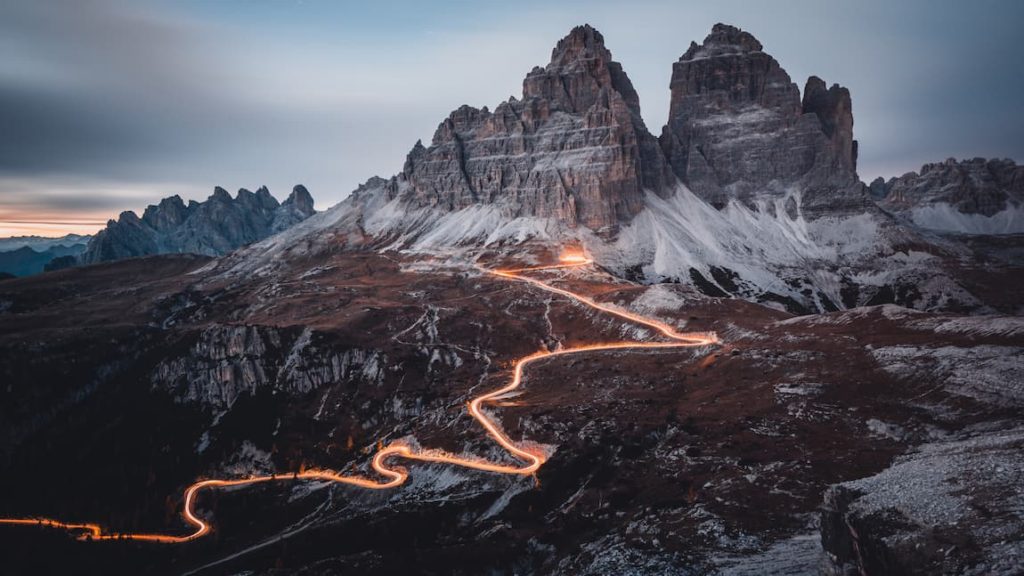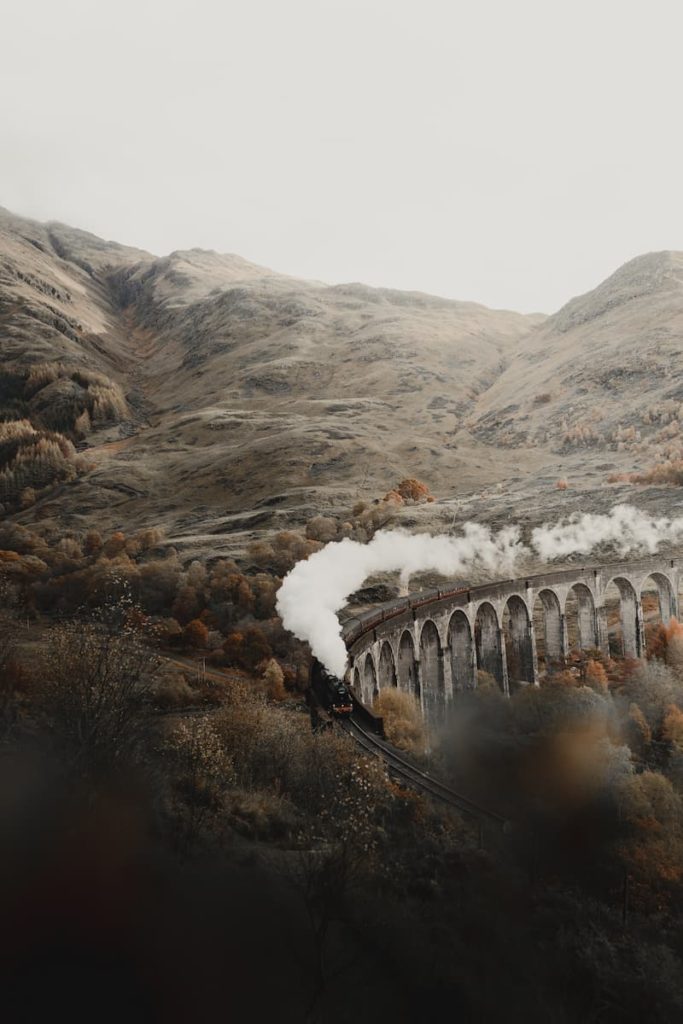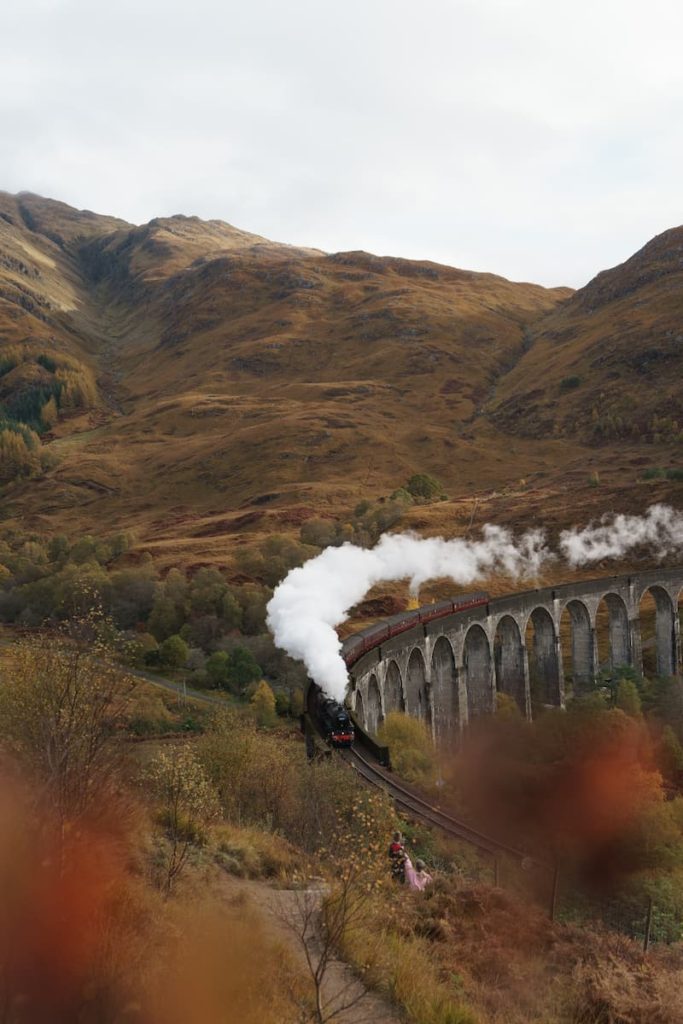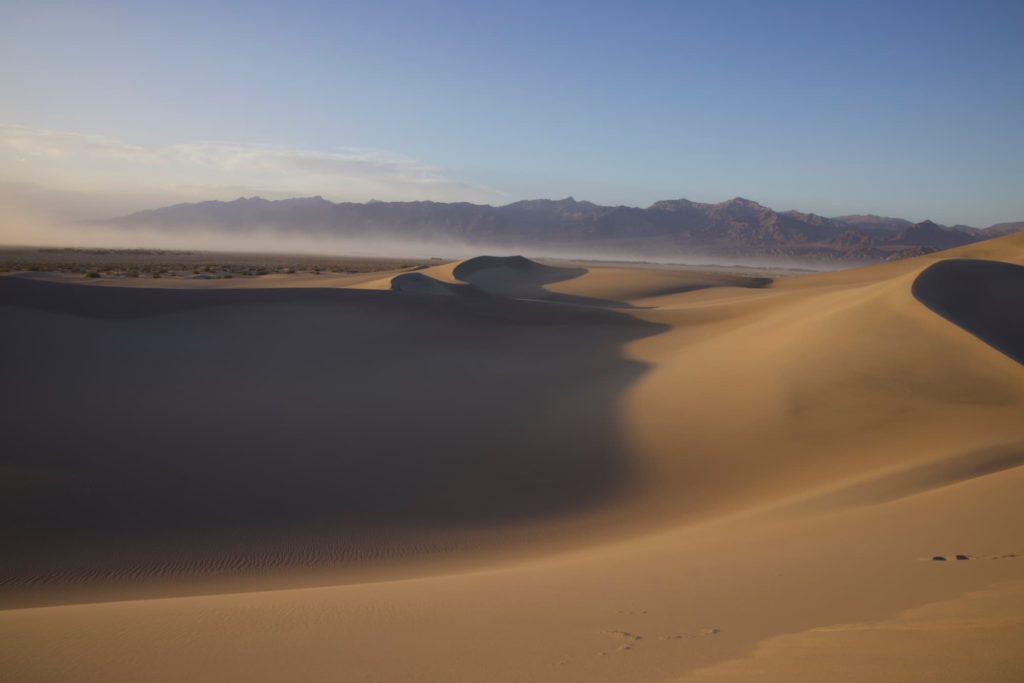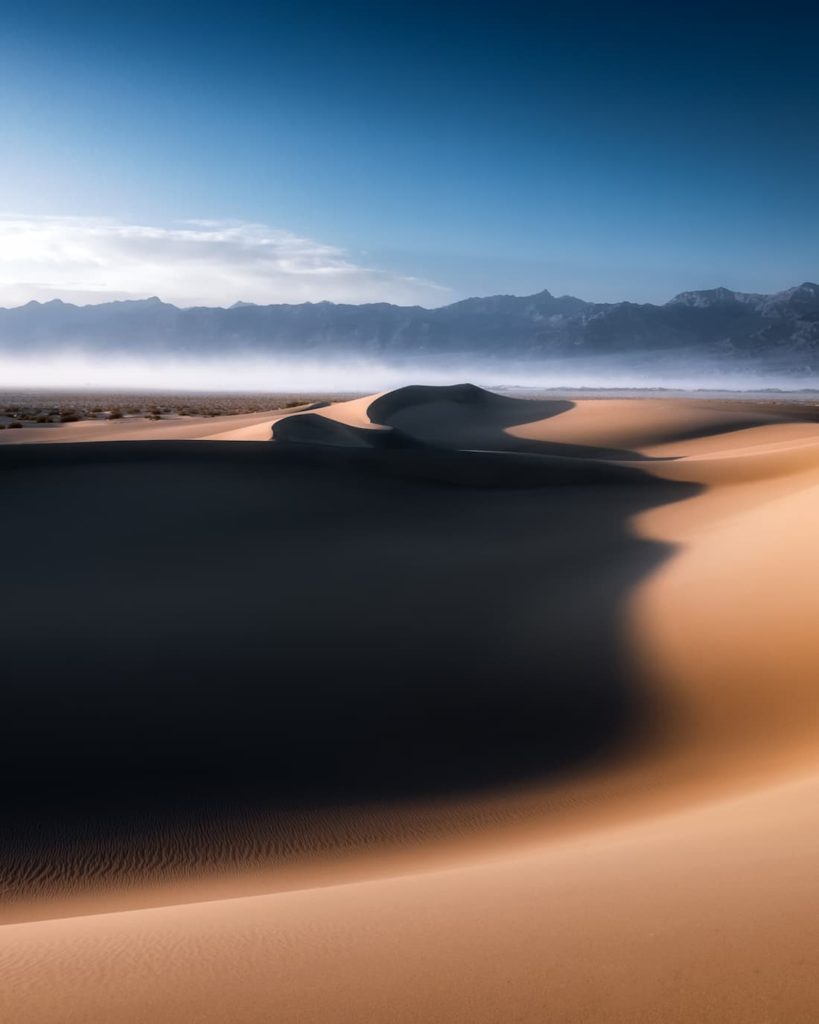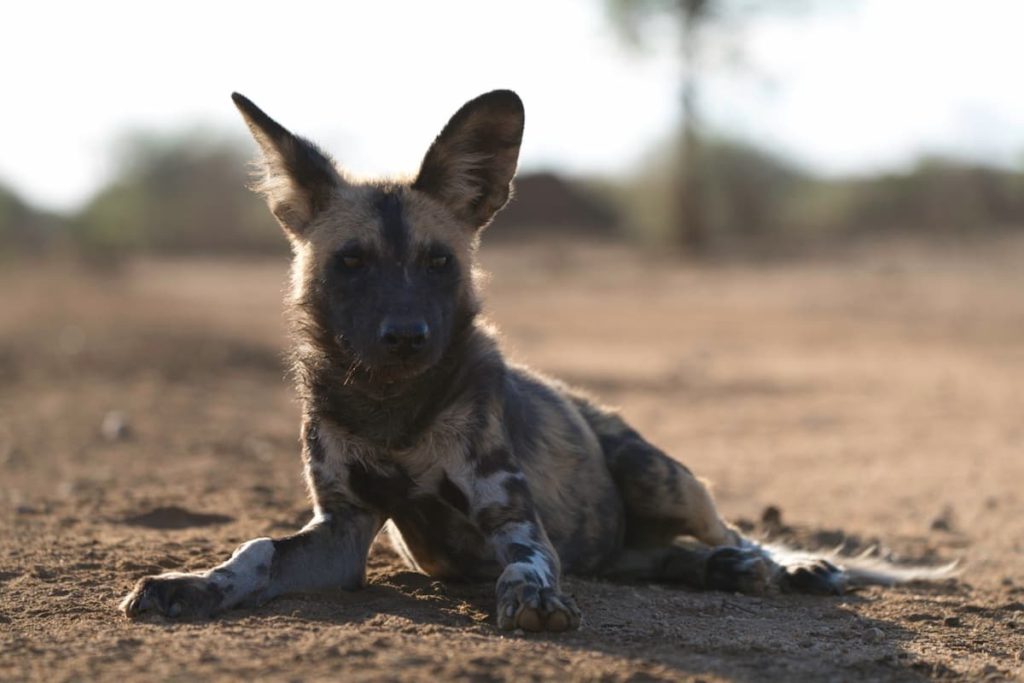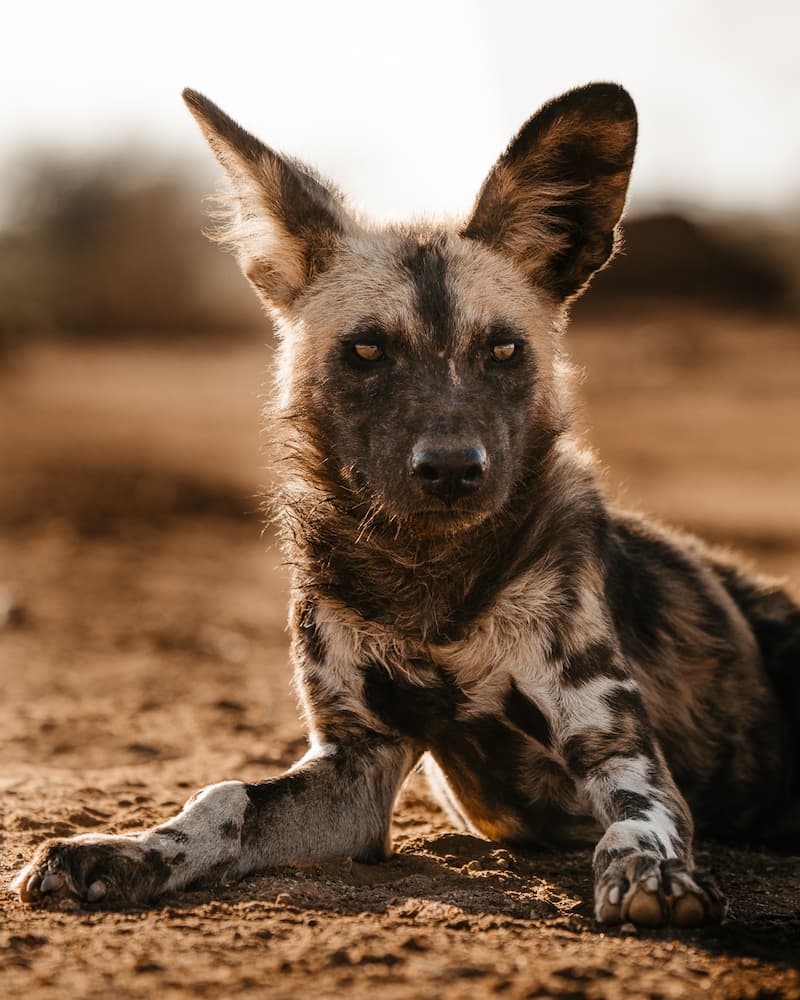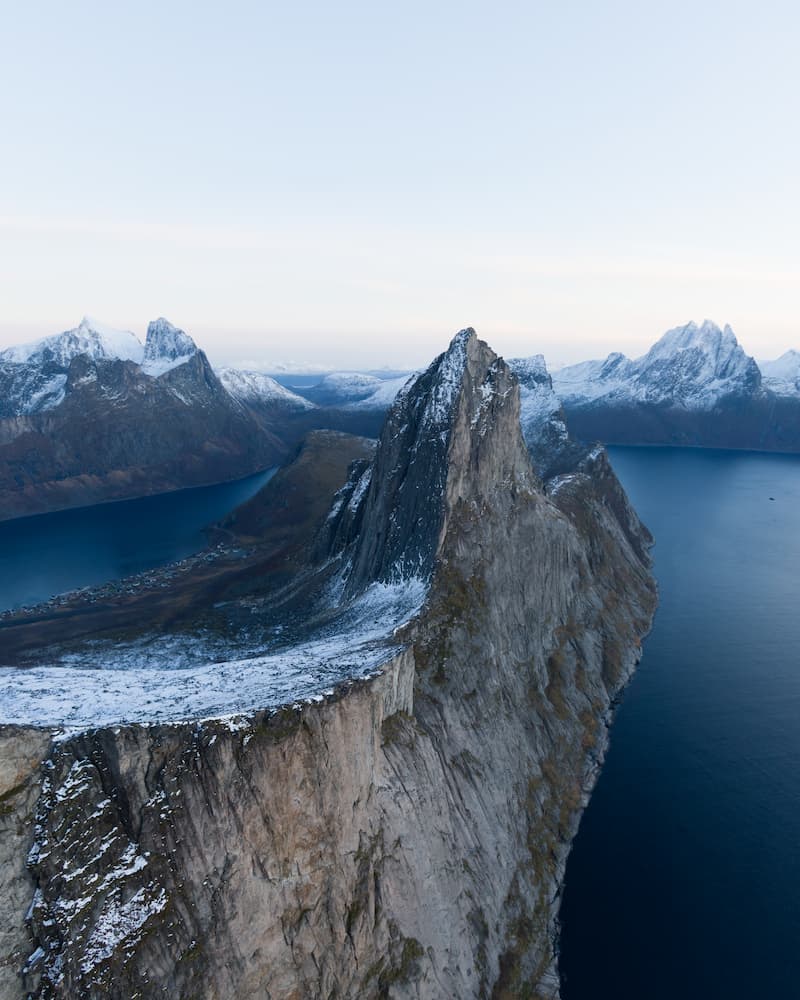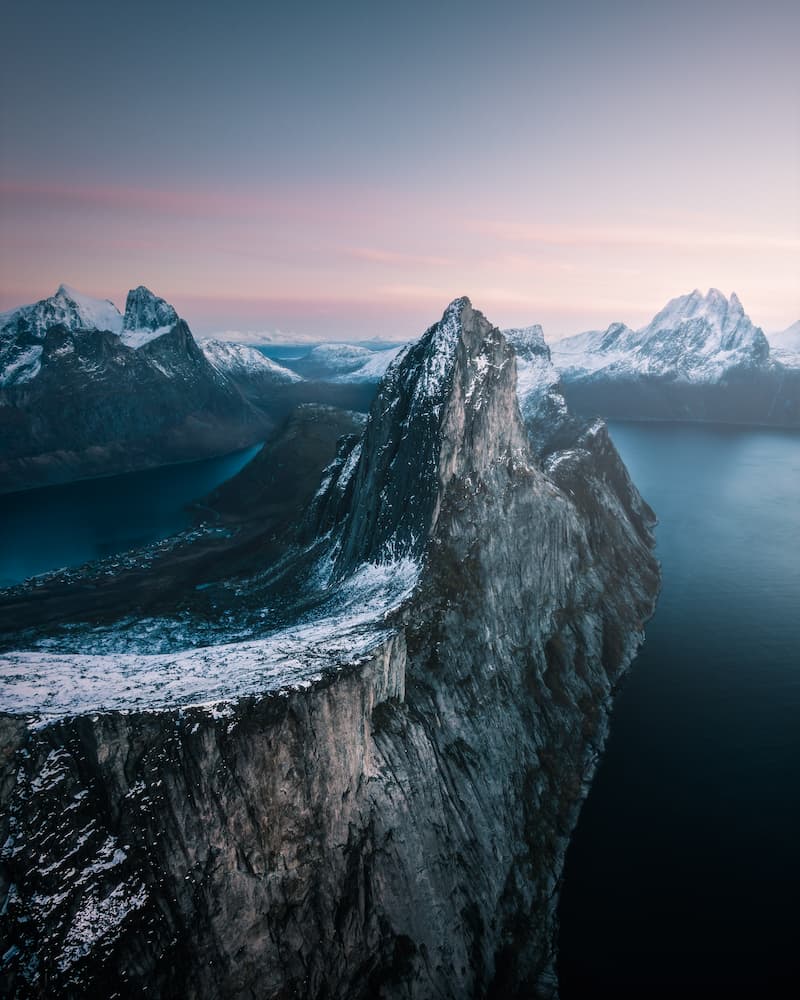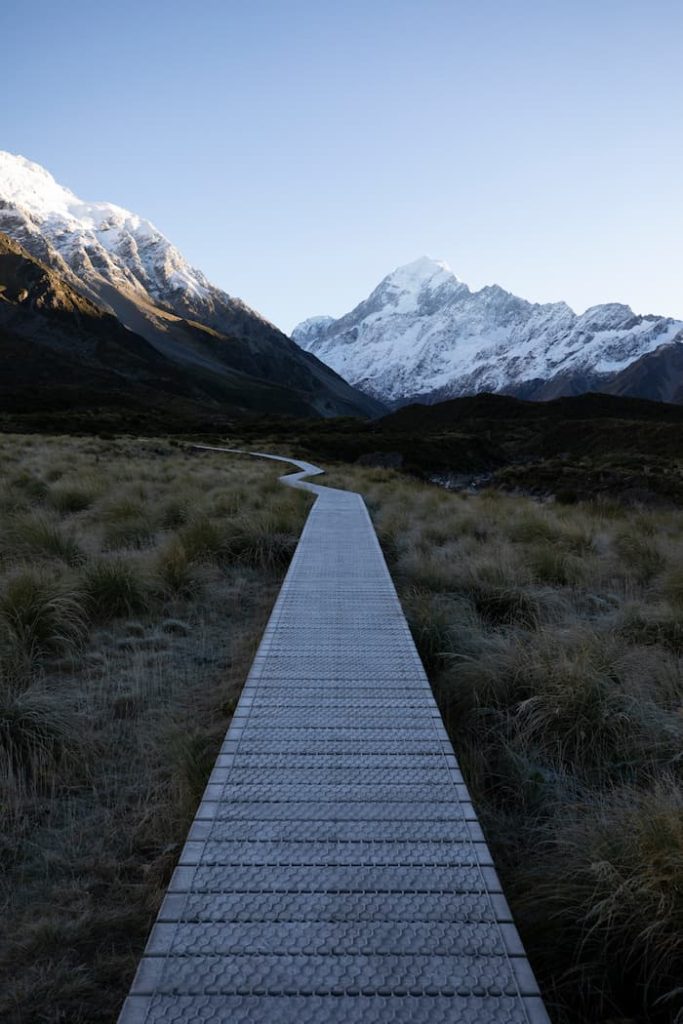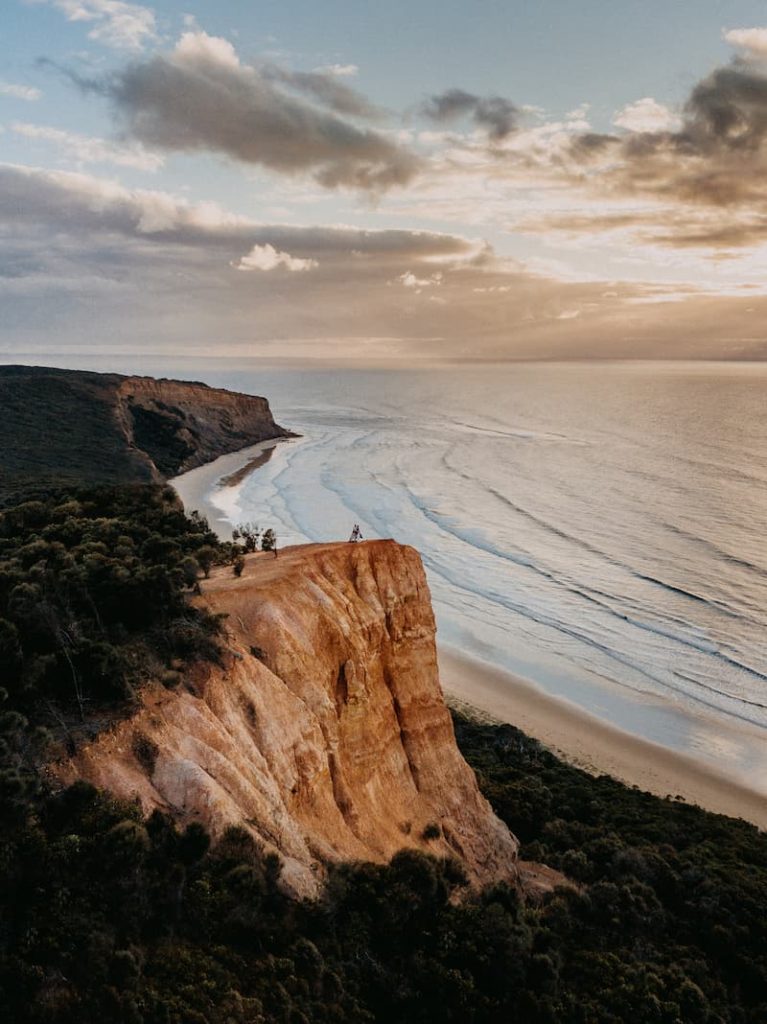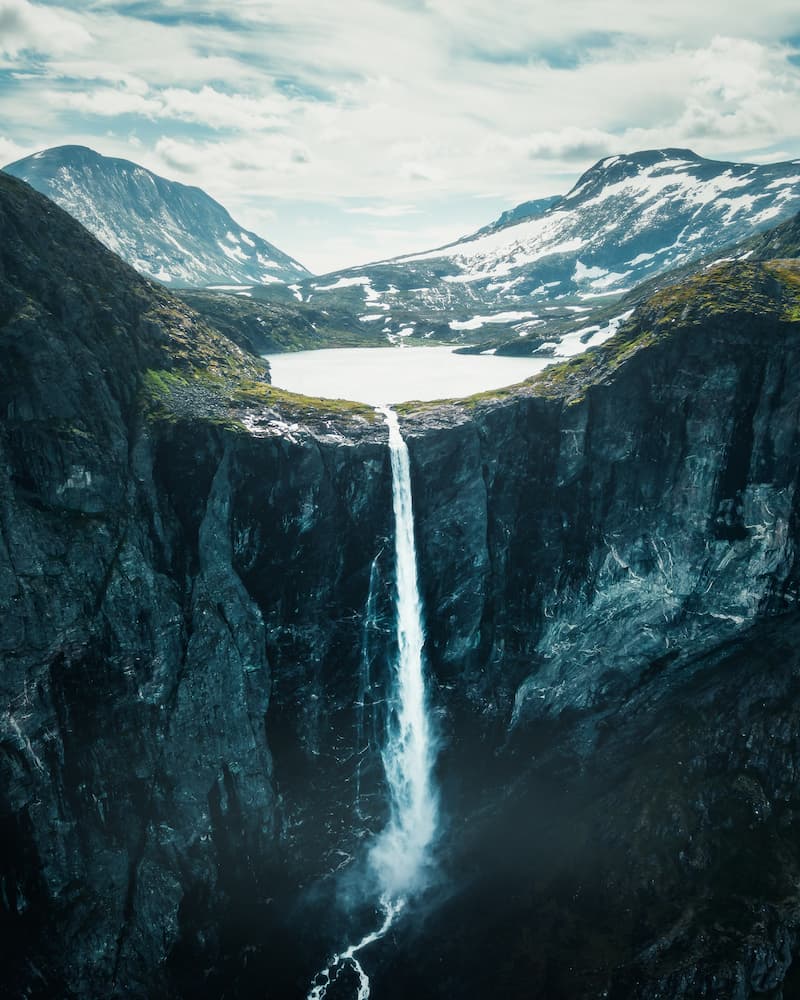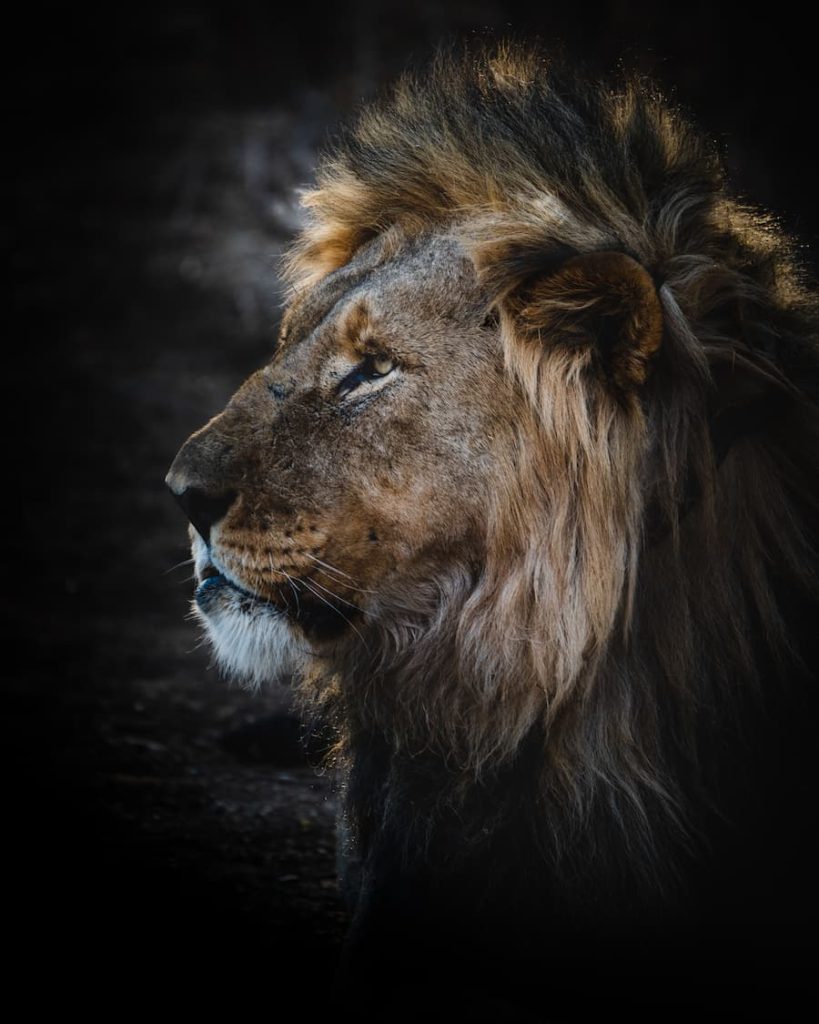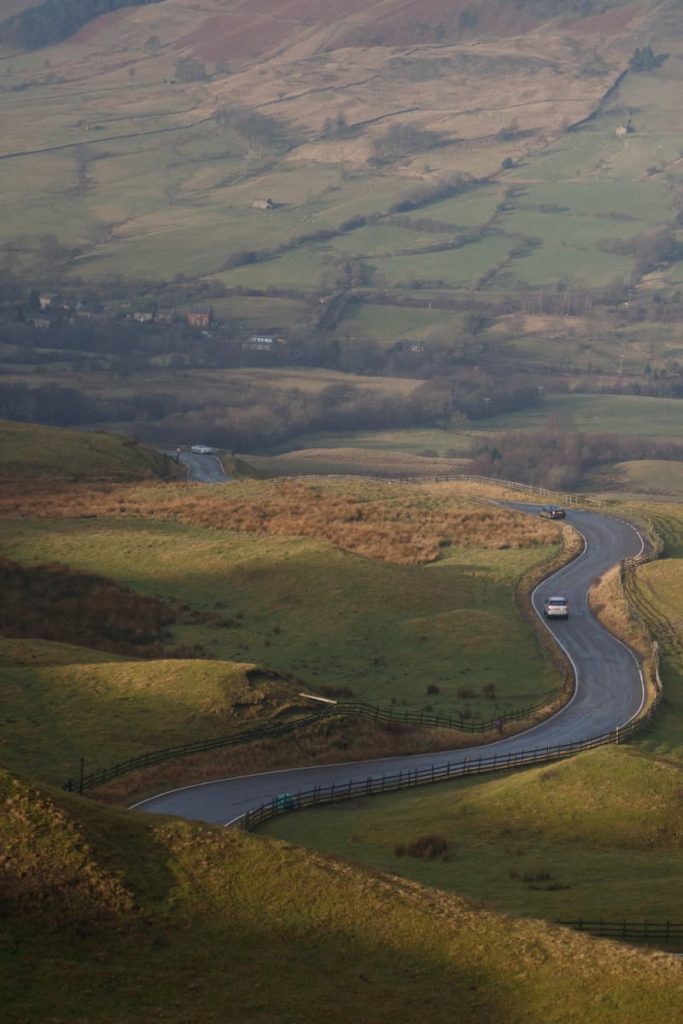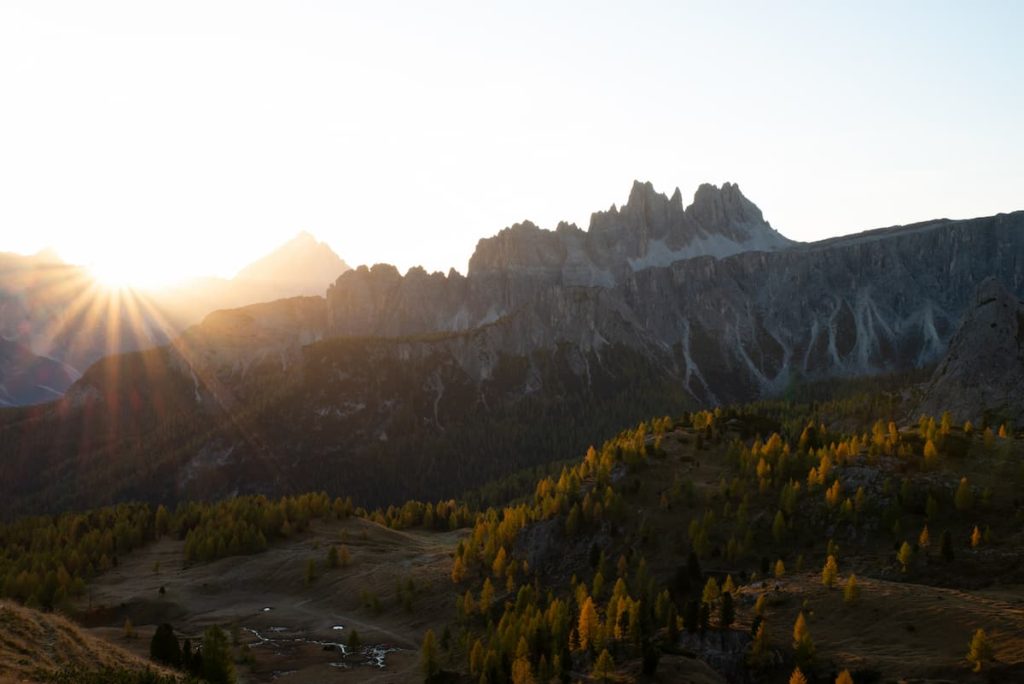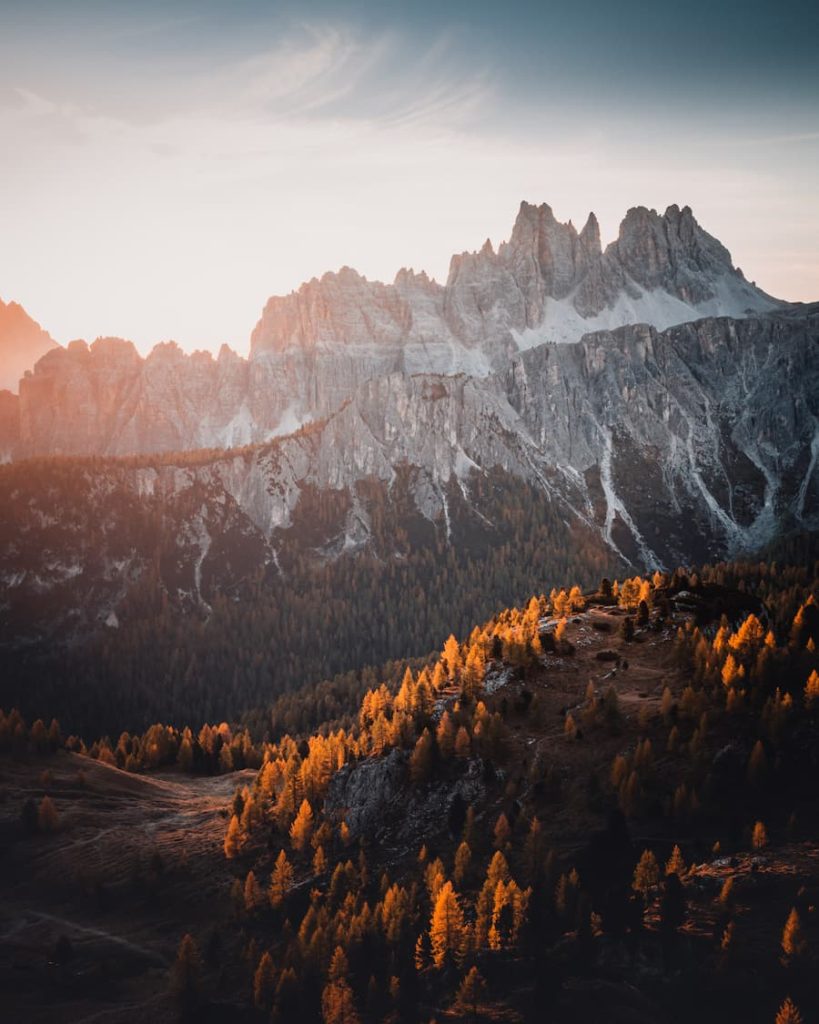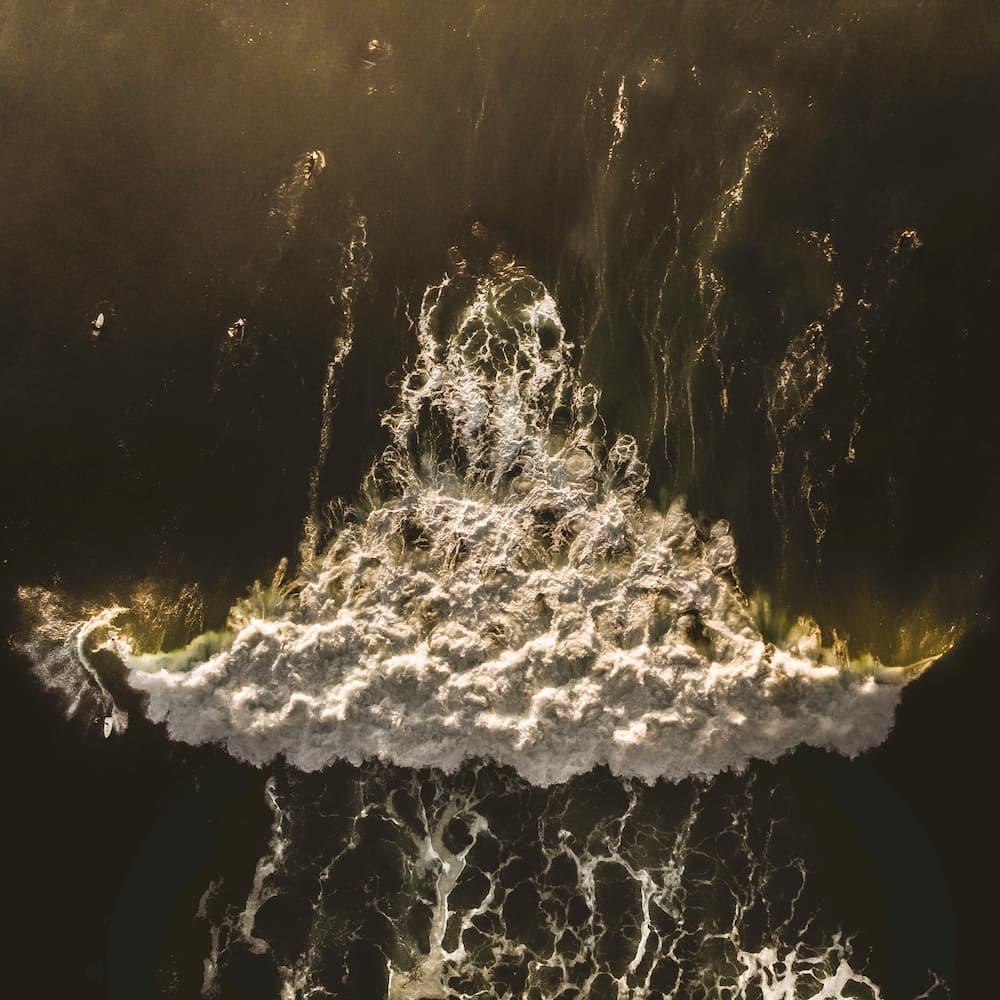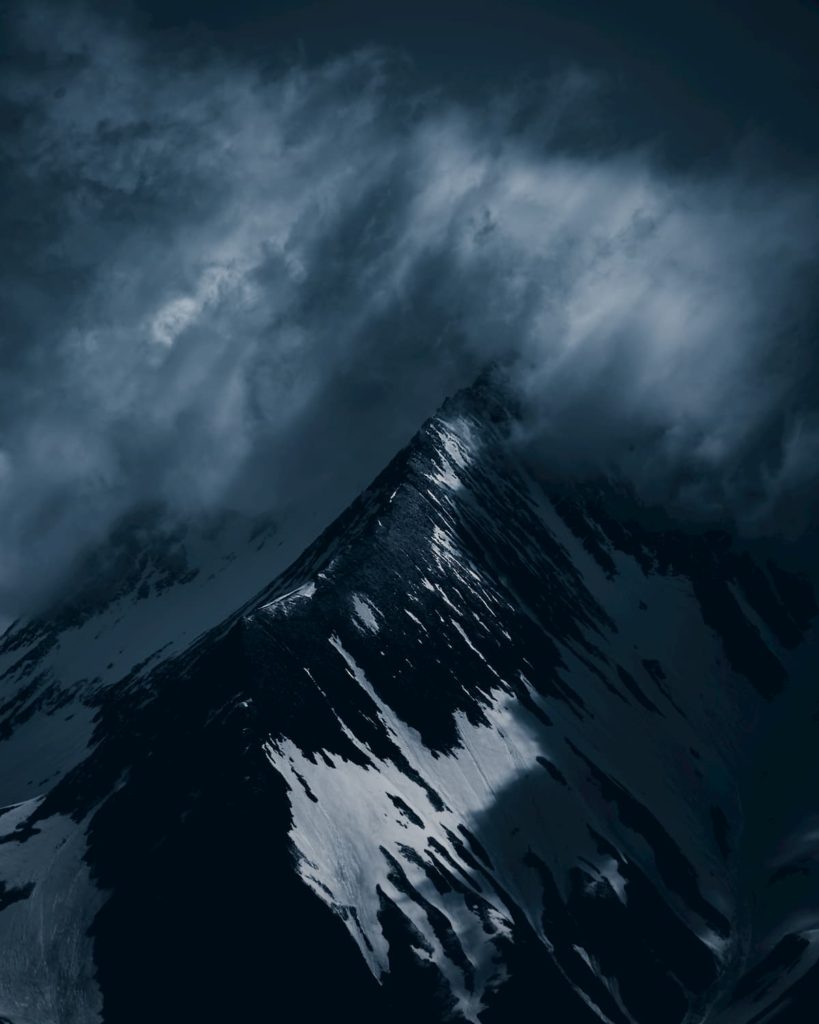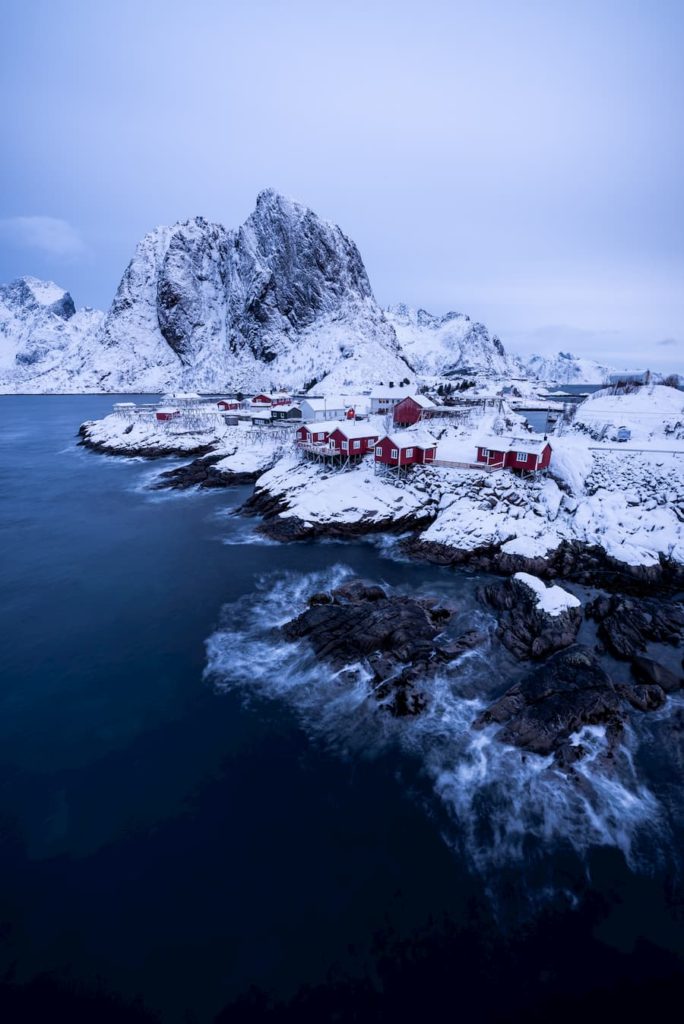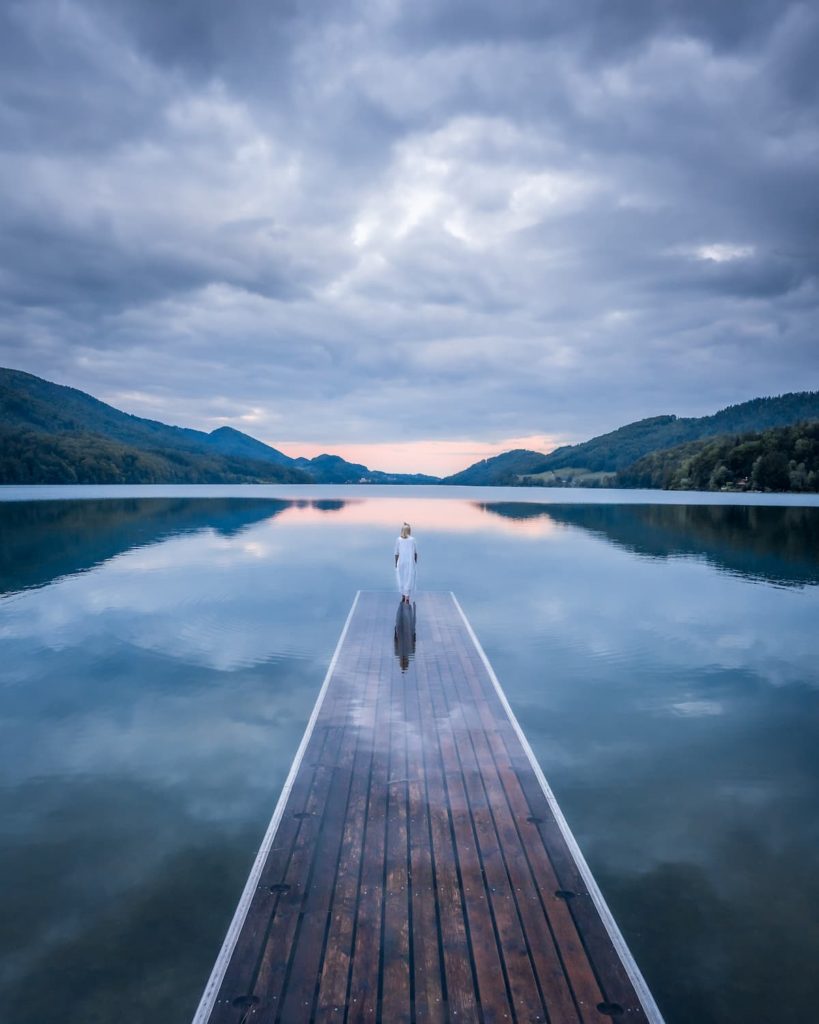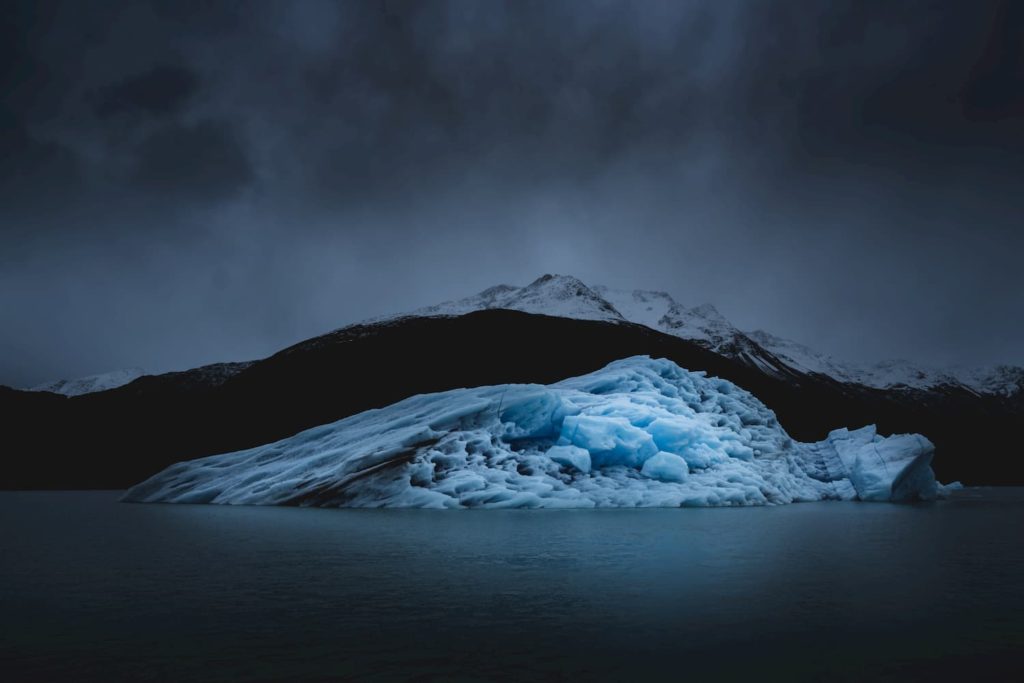
The fascinating perspective
of an artist
FFA Editing Contest
Let us introduce you to the 6 artists and 12 photographs that form Nomadict’s FFA Editing contest! Each photographer shared two RAW files as a canvas for you to apply your own vision. We asked the artists about the stories behind the photos, and how they tried to get the stories across through their editing. We hope you find some inspiration for your own edits and we cannot wait to see your creations based on your unique vision! #FFAnomadict
Tre Cime di Lavaredo
A National Geographic publised photo by Gianluigi Palomba
This photo is perhaps the most special for me as it was published in National Geographic magazine.
On an evening that did not promise anything good in terms of photography (gray sky, cold, no light), suddenly everything turned pink and red. It lasted for about three minutes and then continued with the classic colors of the blue hour, which is when I took this photograph.
Since the Tre Cime di Lavaredo is one of the most famous locations in Italy and in the world in general, choosing a composition was really complicated. I opted for a photo of the three peaks seen from “behind” and added a detail that makes it unique – The luminous trail of the cars.
While shooting, I already had the image I wanted to achieve in mind. The sky was already kind of dark and consequently the photo, even if taken with a long exposure, was slightly underexposed. In my mind, however, I already knew that once opened on the PC it would turn out to be a whole different image with vibrant colors and a blue hour mood.
Despite editing a photo to meet a vision in my mind, I always try not to overdo it. There is no worse and sadder thing in my opinion than a photo that may have been taken well but post-produced very badly. So I try to take a good photograph at the start and then adjust the colors and exposure on the PC, without exaggerating.
There are many options of how to edit a photo, but I generally have just one truly clear vision. So, usually I never create more than one version of a photograph. In the past I found myself wasting too much time on images when in reality it could take a lot less time to get a good file. So I try to post-produce the photo once, paying attention to all the details and colors and get the result that feels good.
For this particular photo, the difficult thing was to match the colors of the sky and the mountain. But I also had a lot of fun adjusting the light trail to make it look as uniform as possible. Editing is ultimately a puzzle where some pieces fit easily, and with others it takes some more time to find the right match.
Glenfinnan Viaduct
By Rachel Hannah
I’ve been lucky enough to visit this beautiful part of Scotland twice now and both times were super special. Glenfinnan had been on my list to visit for years, so finally experiencing the magic of this special place is a memory I won’t forget.
The main reason to go there is to see the famous Jacobite Steam train – also known as the Hogwarts Express – pass along the Viaduct. If you didn’t know, the filming of the second and third Harry Potter films took place in this area with the Hogwarts Express calling at Glenfinnan station!
There are a few spots along the viaduct you can shoot the train from but this composition is the most popular as the train is coming towards you. If you’re lucky, the driver will ‘toot’ the horn to everyone waiting on the hill. It can get quite busy during the summer months with families all excitedly waiting. You have the young children jumping up and down with imaginations going wild, and the photographers setting up their tripods and getting the camera settings ready for the shot.
"If you get there early enough you can suss out a few spots to make sure you’re happy with the composition before the train passes."
I knew where I wanted to stand beforehand as I had been there the year before. As mentioned, this spot is probably the best spot as the train comes towards you pulling the carriages, so whichever angle you stand at, you’re likely to get a good view (at least when you have the morning pass).
I also kept my eye on the weather to make sure the early morning sun was shining as I wanted to capture the sunlight and shadows as much as possible so I could make it pop a little more in the edit. I have edited this photo a few times but this particular one is my favourite. It was taken during autumn and I simply love the little pops of orange on the trees. I wanted to be able to portray the autumnal feel, early morning light and also really enhance the steam as it makes the curvature of the Viaduct stand out that bit more.
I can’t wait to see how others will edit this photo. I’ve edited it a few different ways myself so I’m really looking forward to seeing how others use their unique styles and colours on this shot.
It was my first time in Death Valley. I hiked out to the outermost dune, met some lovely and fascinating people, and, together, we sat and appreciated the beauty of the expansive sand dunes together as the sun set behind the mountains. Moments are always more special when shared. And that is what makes sharing this photo with you now so special.
Death Valley Sand Dunes is a magical place. The minimalist landscape provides a perfect canvas for the creative mind. There is so much you can capture in this place: the way the light moves across the dunes creating shadows that flow like spilt milk on a dinner table. The possibilities for creativity are endless. Nevertheless, it is a difficult place to be with the heat rising above 100 degrees and the wind whipping the sand into every cornice of your body and camera gear, unrelenting. It truly is nature at its most unforgiving and genuine beauty.
"In terms of the photo itself, I remember focusing on a specific composition I wanted. When I could not capture the shot I’d hoped for because of the lack of light, I turned around to head back down the sand dune I sat upon."
As I turned I saw this incredible scene unfold in front of my eyes: the light cast shadows that danced with the sand swept away by the wind. The dunes glowed a vibrant gold color I had never seen in nature before, a cloud of dust ripped beneath the mountains in the distance, creating a separation between the dunes and the rocky landscape. It felt perfect. These are the moments that make photography so special to me, the moments you least expect that grab your attention so forcefully. All you can do is raise your camera and press the shutter, knowing that moment will last in your mind and your hard drive forever.
This was the only photo I edited from my time at the sand dunes. It was such a breathtaking moment and to me it was clear as soon as I pressed the shutter that this was the shot. So, I didn’t feel the need to go through the rest of my photos from that night. When editing, I really wanted to enhance the contrast of the golden light with the dark shadows created by the smooth sand dunes that rippled across the landscape like waves. To me, I wanted this piece to be considered “fine art.”
That was directly the difficulty, maintaining the fine art look. I didn’t want to over edit the image and turn it into something that it was not. I wanted it to be soft, the light and dark contrast defined, and the landscape as pure as it was in real life. I had fun editing this piece because, to me, it was more about the beauty of the image than creating something that “pops” for Instagram or for anybody else. This one was for me!
African wild dog, Namibia
By Max Stanley
I vividly remember my first time meeting a pack of African wild dogs in Erindi, a private game reserve in Namibia. I lay on my chest in the dirt, surrounded by a 23 strong pack in the early morning light.
Paying us scant attention, all they wanted to do was lie in the shade of our jeep and escape the heat of the rising sun. Sometimes chasing each other in the choking dust before the heat became too much.
This guy decided to settle barely 5 meters in front of me, his curious gaze meeting mine as I peered over the top of my camera. It honestly felt like taking any domesticated dog portrait. The sun rising behind him, casting a golden glow in his fur. I could see myself reflected in his eyes. For a brief instant I forgot I was face to face with a deadly, efficient predator capable of killing wildebeest and antelope.
"Current estimates place the population of these dogs between 3000 and 6600, which is disturbingly low."
In the forefront of my mind when photographing an animal is the very distinct possibility that they could go extinct in my lifetime. It’s a sobering thought.
Erindi game reserve runs many conservation projects, one of which is dedicated to creating a safe haven for a natural African wild dog population.
I tend to remember various sensory stimuli of the moment when editing a photo, the smell in the air, the temperature on my skin, the feel of ground beneath me. This all plays into how I begin to process a memory and I just let that play out.
It’s difficult to not be overly critical of your own work. I’ve mentioned this in an interview with Nomadict before, but the influence of social media is strong here. Imposter syndrome is very real and it’s easy to get lost comparing your work to others and feeling that you don’t quite match up. Take inspiration and learn, and your work will stand on its own.
There’s always something new for me to learn too. I’m excited to see how others interpret the images I’ve taken, and how they’ll imprint their own style onto them.
Senja, Norway
By Gaute Lorentsen
Senja is a location I have wanted to visit for years. We drove directly to the trail head from Lyngen, a municipality four hours further north, so we could reach the top before the sunset. As we walked up, the sky got more and more colorful. I had to run the last part to send my drone up in the air before the sunset colors disappeared, and luckily I managed to time it perfectly.
I often have a pretty clear vision of the final product while shooting. Of course it can change during the editing process, but having an idea of what you want to capture and achieve often helps to get the content you want to. As in many other situations, acting with a goal in mind allows focus and a feeling of direction.
With this photo I wanted to capture the pink arctic sunsets we get during the winter season, combined with what must be one of the most mesmerizing places I’ve ever been. Taking photos at these heavily photographed and famous places is often a challenge; a good way to stand out is taking advantage of the weather and conditions.
"I haven’t seen any similar looking shots with these conditions, so I’m very happy with the outcome of this photo."
Since I often have an idea of what I want and stick to that, I usually don’t create different versions of an edit. It does happen that I go back and re-edit, but haven’t done that for this particular photo. I knew I wanted to make the color in the sky pop. It is always fun and satisfying seeing the picture take its final form and looking more and more like what you have envisioned.
I’m very curious to see how other people would edit my photos. Since I have a particular way and method to edit all my photos in, it will be fun to see someone else doing it in a completely different way. Maybe other people see something in the photograph that I haven’t thought about or focused on.
How someone else interprets the photo derives from their own previous experiences, imagination, world vision, and creativity – and I would love to learn about them by means of their edits!
Hooker Valley, New Zealand
By Fabio Oliveira
It was my second time visiting New Zealand, but the first that I was free to follow my own exploration itinerary. On the first visit I was working for one of the touristic cities of the region and I couldn’t photograph in a different place. Long story short, this time I could manage my own hikings, places to visit and photographs I wanted to get. The only issue was time; I just had four days to travel around and I needed to be very picky with the locations I wanted to see.
You know these kinds of trips where you sleep at the back of your car (not sleeping at all), drive like crazy to catch the sunsets and sunrises, and drink lots of coffee? Well, this time wasn’t different. I drove seven hours from Milford Sounds to Mount Cook National Park to see the sunrise. This scene is photographed several times by almost all photographers of our social media generation that have been there, even though they may not share it.
"Once you’re walking that path and slowly see the mountains showing up in front of you, it’s inevitable - you want to capture it."
Unfortunately, we had started the track a bit late so the sun was already up. You can see it in the photo; a sunbeam has already hit the mountain top. This made editing this photo a little harder as the highlight blew up a bit. If I had woken up earlier the image would be perfectly taken, just before the sunrise and none of the mountains would be covered by light. I could easily replace that part of the image with the mountain of another image, but it’s a memory that I want to be there, it’s part of my failures on the road (in this case, waking up late).
My intention with my images is that it represents a part of me, of how I felt during all the travels I could possibly do in my life. For me each photo I took is a memory, like a backup of my brain. Every time I want to revive the feelings of a place I just open up my cloud and it’s all there, and this photo – Hooker Valley – tells a lot about my journey.
Point Addis, Australia
By Fabio Oliveira
I’m fortunate to live in Melbourne, Australia. The diverse nature provides beautiful locations for all the local creatives and outdoor enthusiasts. This particular place is called Point Addis, and if you ask me – it is one of the best places around Melbourne for a day trip. It’s next to the famous Bells Beach, home of the World Surf League competition. I love this place because it was the first hike that I did with my little one. My daughter, wife and I enjoyed a nice cold morning walk up to the cliff and snapped some images for a client campaign.
I don’t reckon who was the first local photographer to fly a drone at this spot, but afterwards the image got viral locally and now it’s a go to for the people living around here. Places like this are controversial sometimes; cliffs are dangerous, and the soil isn’t like that strong rock where we can stand on and feel safe. An interesting fact is that the track to get there is an ancient amboginal site, the signs contain all the information about the first people who lived there and it’s a great opportunity to pay tribute to those who own this land.
"Being aware of the history and cultural value of a place enhances the beauty of the place itself enormously, and of the image."
This photo is a great example of the sunrises at Point Addis; the sun rises from the sea and the strong wind produces a natural hazy and warm tone. And if you are lucky enough, you get clouds around. The circumstances of this morning were great and made editing the photo very pleasant.
I normally don’t manipulate my photos beyond what I captured, I’m a photographer not a designer or creator. Of course I try tricks on Photoshop for fun, but everything I do has to follow who I am. This image isn’t different. My process was simple, I applied one of my presets and started to fix things I thought weren’t necessary to the final image or should be highlighted.
Although my approach was modest, I recognize there are many possibilities with this image. I invite you to create your own version of this image, have fun!
Mardalsfosse waterfall, Norway
By Gaute Lorentsen
Some shots come easy, some shots don’t. This depends partly on the location and the weather circumstances. To get this particular photo you would have to drive a pretty long backroad up into the mountains. It took me two attempts and quite some google maps scanning to get it right. Definitely worth it in my opinion! I remember looking at the screen of my controller as I flew my drone further and further away from the waterfall, watching it appear in all its beauty.
The light was kinda harsh that day so the contrasts between the highlights and shadows were huge. Shooting in HDR helped a bit. I always shoot HDR with the drone, because the contrast between the sky and the ground is often pretty significant and according to my experience, HDR makes the details saveable to some extent.
This photo is the more “standard” shot from this place, and you’ll understand why once you visit! The captured scenery contains some of my favorite elements to work with; I love editing massive mountain walls because of all the texture and interesting patterns you could find.
"Then there’s the backdrop with the mountains, the water, and the depth of the valley where the water continues its route in tiny rivers."
While editing I experimented with blowing out the sky because of the harsh daylight, but in the end I managed to save some of the details and decided on that version. The overexposed lake was also a more difficult aspect of this edit. Even though I would have liked some more detail and color in the water, I think the shot turned out great. And I had a lot of joy editing the mountain wall and the waterfall, and working on the shadows. With these items I wanted to enhance the dramatic look of the photograph.
This is one of the most unique and dramatic waterfalls in Norway, and my aim was to get that across to the viewer. It is a fun photo to play around with, so I am really excited to see the creative edits of others!
Lion, Namibia
By Max Stanley
Having stumbled across a pride of lions sleeping in the shade to avoid the heat of the setting sun, we settled down to observe and wait for any sign of life from the slumbering cats. I have to admit that this was very difficult for me; it was my first trip focussing on wildlife photography and I was excited about how the moment would unfold.
It wasn’t long until Titan, one of the males of the pride, stirred from his slumber. His mane unkempt and ruffled from lying in the dirt, yet still managing to look majestic.
That’s what I wanted to draw attention to in this photograph, focusing particularly on highlighting the different textures, shades and colours of fur. (If only I could look this good immediately after waking up).
However, the lighting conditions that day made it difficult to capture him at his best. We were losing light and photographing a primarily brown animal, lying on brown dirt in the shade made me question how my photos would turn out.
"But if I’ve learned anything over the years, it’s to keep shooting in the moment and worry about it later."
In Lightroom I created separation between Titan and the background, applying a heavy vignette to draw attention to his features. This coupled with dodging and burning his mane helped to make him stand out even further.
I’m very happy with the result and it emphasized once more to never look at the back of your camera and delete a photo. Wait until you can properly see your image on a large screen. There’s always something that can be done in processing to rescue even the most unlikely of images!
Bison, Grand Teton National Park
By Hayden Lynch
I went out for a sunset shoot at Grand Teton National Park, one I had planned in my head for some time. It was a new place for me in this park that I thought I had explored thoroughly. Living here and having been quite often, I find a lot of joy each time I fall upon a new area and a new perspective. This was one of those times. Though, while appreciating the moment and observing the scene I wanted to capture, the mountains were beginning to be consumed by thunderous clouds. I quickly realized the shot I hoped to get would not happen – I felt the urge to give up, go home, call it a night.
As I began my drive back to Jackson, a herd of bison emerged from the snowy banks and crossed the road in front of me. There was nowhere for me to go. I decided to take out my telephoto lens and see if I might be able to capture a beautiful moment with these majestic animals. As the herd finally crossed the road, I drove further down, parallel with them, to arrive at the composition you see here in the photo: The bison trudged through deep snow, in a disciplined line, as one single unit. As they moved with heavy breath the sun dipped behind the mountains and a ray of light shone brightly through a break in the clouds, illuminating the peak behind the bison with a distinct yellow-orange color – as if a gift from the photography gods was placed in my lap. I remember a feeling of elation as the bison passed beneath the mountain, one by one, as if to allow me to capture each member of the herd individually. I searched for a specific bison, one that had emotion in its eyes, and then I saw it – snow-covered face, eyes full of determination and hardship.
"I quickly snapped a few shots, sat back, and enjoyed the remainder of the moment as the rest of the bison passed by."
This moment, this photo, was a reminder of the best advice a photographer can be given: Photography is all about being there, you do not need to be the best, you merely have to show up every day and be ready to capture the beauty around you. I merely wanted to capture a brief beautiful moment in time, one that I enjoyed being present in, and hope to share that same emotion I felt with people who follow my work!
To convey this emotion, I touched up a few features in the editing process. I lowered the highlights to display the colors and to enhance the detail, and corrected the exposure. Other than that, this photo is barely edited. In my opinion, these are the best edits: subtle, pure, authentic and easy.
This is a beautiful image to me because of the moment. I wish others to imagine and understand why this moment is so special and I love to see what other photographers and creators can come up with to get this across. Everyone looks at art with a different lens, that is why it is so beautiful, it tends to be subjective, and it is why I love creating so much. I am excited to see what others will create with the raw image and I hope to be surprised by what they create.
The Peak District
By Rachel Hannah
Every time I went to this location in the Peak District before this day, the weather had been awful. I really wanted to capture it either early morning or sunset but luck just wasn’t on my side. Just after Christmas during the holidays, I made it my mission to head out early to the Peak District again and capture the photo I wanted. The weather apps were giving me hopeful information and they were right…. for once!
Over time had become obsessed with the idea of capturing this composition. I had seen it a few times on Instagram, the Internet and real life (without my camera), and I knew I had to capture it the way I had in mind. There’s always that ‘oh this location has been captured so many times, it’s all over social media’ feeling when you visit somewhere that’s quite popular. But I always think you have your own unique style as a photographer. That a location has been photographed a lot can only make it more exciting sometimes – as you can test yourself on how you would personally experience it and how you transcribe that in the edit yourself.
"Don’t be put off by its popularity, just have fun and take photos of whatever location you want!"
What I love in this photo is the way the road curves and how it sits amongst mini hills which are actually landslides from the larger hill, Mam Tor, behind it. The camera can’t quite capture the way the road cuts through the hills like your eyes can, so I had fun in Lightroom editing the photo to try and emphasise it and bring it to life.
I can’t wait to see how others edit the shot. As with most of my photos I’ve edited this one in many ways quite a few times – I like to edit my photos in different ways to see what I can do with an image. I also get bored of a style after a while so I like to mess around a bit in Lightroom and see what I can do. It’ll be exciting to see how others bring this photo to life too. Photography is an art after all!
Cinque torri, Cortina d'Ampezzo
By Gianluigi Palomba
This photo happened a bit by chance. I went to Cinque torri, Cortina d’Ampezzo, to take photos of the five towers (of course), but the light at sunrise wasn’t in my favor to get a good picture. Taking advantage of the fact that I was already there, I kept on searching for another composition. As the sun rose, my eyes caught those peaks illuminated by the first rays of light, and then softly touching the tips of the trees in the valley.
"I was really happy with this view since I hiked three hours to get there and woke up at 4 am to watch the sunrise - I was definitely rewarded!"
As I saw the sun doing its magic, I knew I wanted to capture this golden light hitting the autumn trees with their bright colors. So, I waited for the most optimal light conditions and composed the photo to fill about two-third of the image with light and the remaining third with the subject. Usually in landscape photography this is how you compose an image, so that your eye goes to the subject and you’re not distracted by the surroundings.
Besides that, I didn’t have anything specific in mind for this shot, I just wanted to capture the autumn colors at dawn. Though, as with every photo, I wanted the result to be a clean image and free of distractions. This photo should convey the beauty of autumn in the Dolomites and with that idea I edited the photo slightly. While editing, the difficult thing was to control the light and make the photo uniform because the light was very harsh and I had to balance the lights and shadows perfectly so as not to get clipped highlights or completely black shadows. Applying the dodge & burn technique on the other hand was the part I enjoyed most playing with as there are many illuminated and shaded points.
I’m curious about how others would post-process this photo because everyone has their own vision and way of editing. I am intrigued by the fact that other people can try to apply their editing knowledge on some of my images and I am looking forward to seeing all the different results, the unique perceptions of other creators.
Would you like content like this sent to your inbox?
NOMADICT
ART GALLERY
THE LATEST STORIES
WRITEN WITH PASSION TO INSPIRE YOU

Miroslav Maršík (@miromarsik): Photographer based in Czech Republic
In this article, Miro shares how his love for cinematic music evolved into a deep passion for photography and how he uses light, color, and atmosphere to turn the streets of Prague into living film scenes.

Aurora photography panorama workflow: A guide to camera settings, editing, and color
In this article, Stefanie reveals how her background in physics sparked her passion for astrophotography and how she blends science with creativity to capture the beauty of the night sky. Readers will discover her approach to color, contrast, and editing, as well as her aurora photography workflow.

Yhabril (@yhabril): Best of the Week 33 at #nomadict
Spanish photographer Yhabril captures the profound connection between humans and the mountains that shaped him. Growing up in the Pyrenees, his work bridges outdoor sports, landscapes, and celestial scenes — often blending athletes, moonlight, and wilderness into striking visual stories.

Ariane Totzke (@besondersschwierig): Photographer based in Switzerland
In this article, Ariane shares how photography helped her navigate personal challenges, connect authentically with people and animals, and develop a philosophy rooted in empathy and artistic freedom. Readers will also discover her ethical approach to wildlife photography and her trusted equipment for both camouflage techniques and cameras.

How to photograph Dutch tulip fields: A guide to light, gear, composition, and colors
Discover how to photograph Dutch tulip fields in their most magical light. From choosing the right gear and lenses to mastering composition, color, and aerial perspectives, this guide shares creative techniques to capture the beauty of the Netherlands’ tulips. Learn how light, color grading, and proportion bring emotion into every frame.
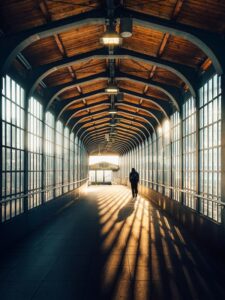
Cinematic city photography: An essential 6-step workflow
In this article, you’ll learn how to read and use light in your home city, choose the right technical settings for low-light scenes, and refine your editing workflow to shape color and atmosphere step by step. In addition, Dominik shares how to find fresh perspectives on familiar locations, five lessons that transformed his photography, and insights on the future of street photography.
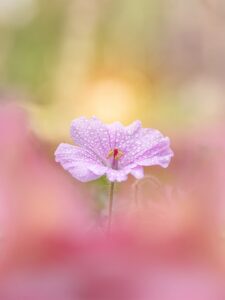
Kyle van Bavel (@kylevanbavel): Photographer based in the Netherlands
Kyle van Bavel is a macro photographer with a distinctive, dreamy style that transforms the unseen details of nature into magical worlds. In this article, he shares how his unique vision, shaped by a journey of self-learning and overcoming dyslexia, has become his greatest creative strength.

Inês Preto (@minespreto): Best of the week 20 at #nomadict 2025
Inês is a nature photographer drawn to wild, remote places where weather, wildlife, and mood shape her storytelling. In this article, she shares the behind-the-scenes journey of capturing the Best of the Week image: a puffin trio on the Faroe Islands. She explains how she approached the edit of this image, and shares key lessons she’s learned through experience.


